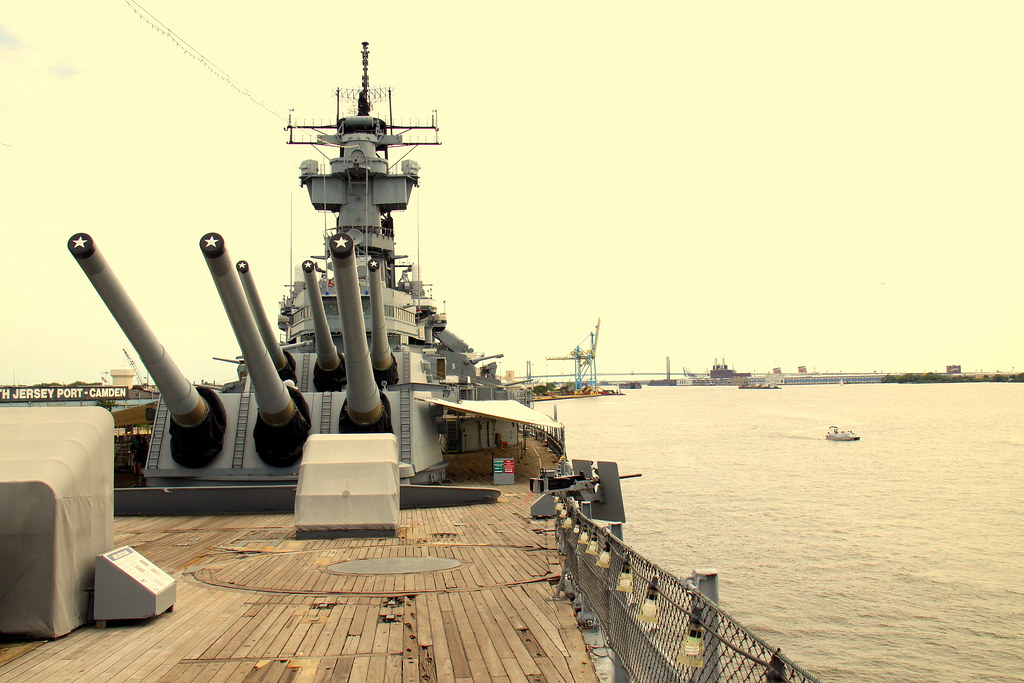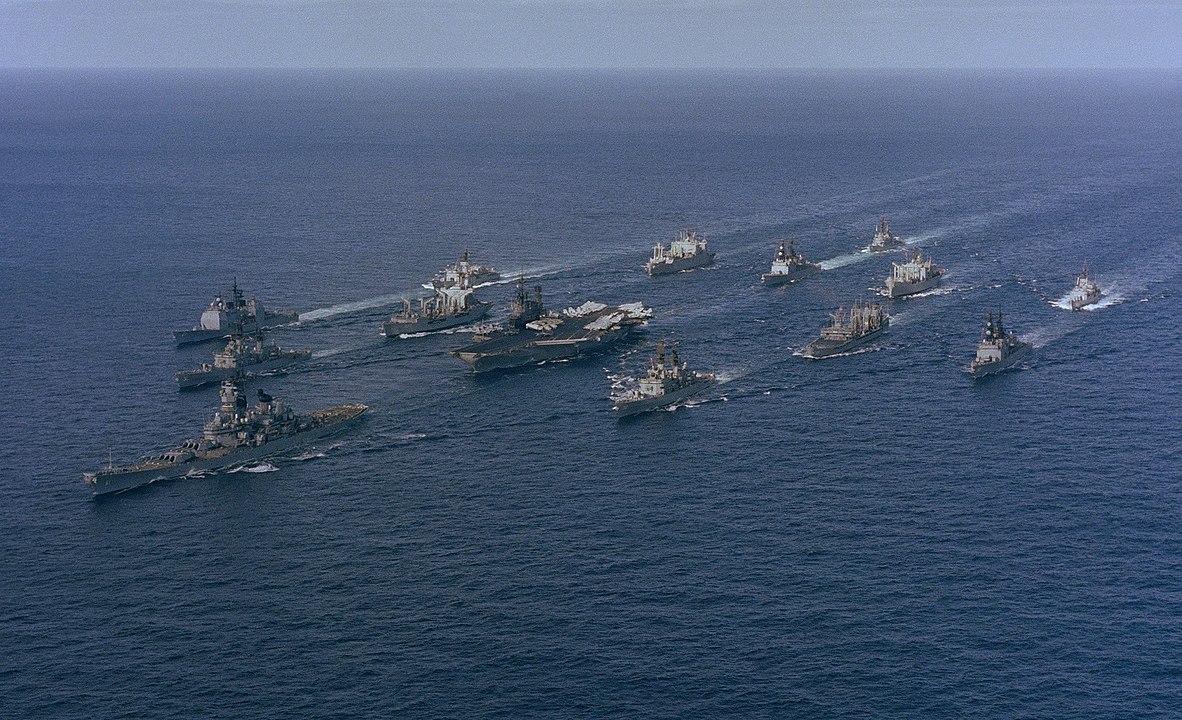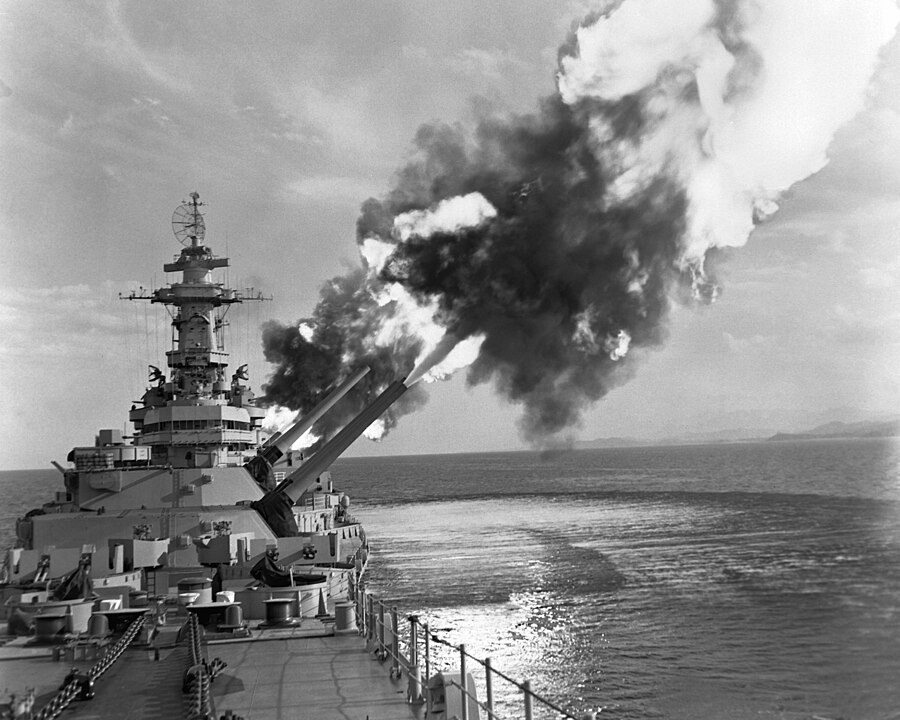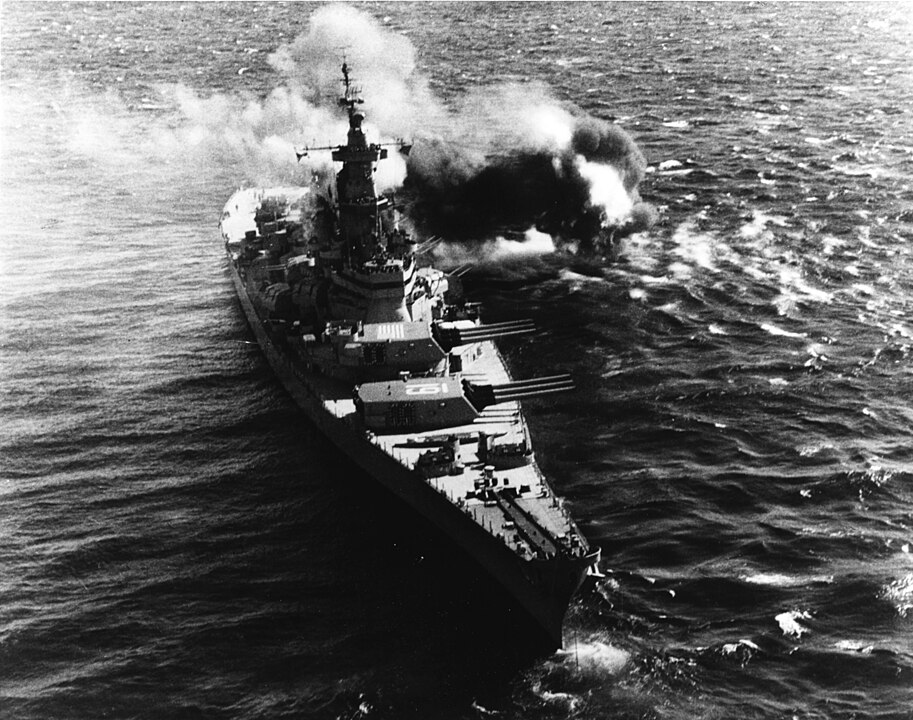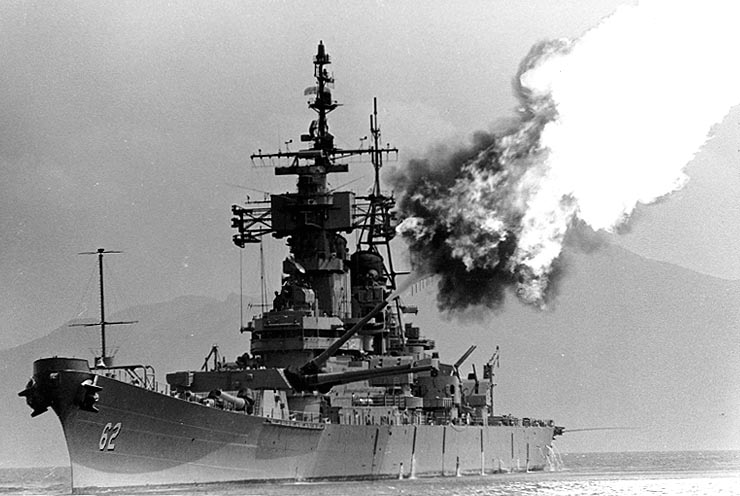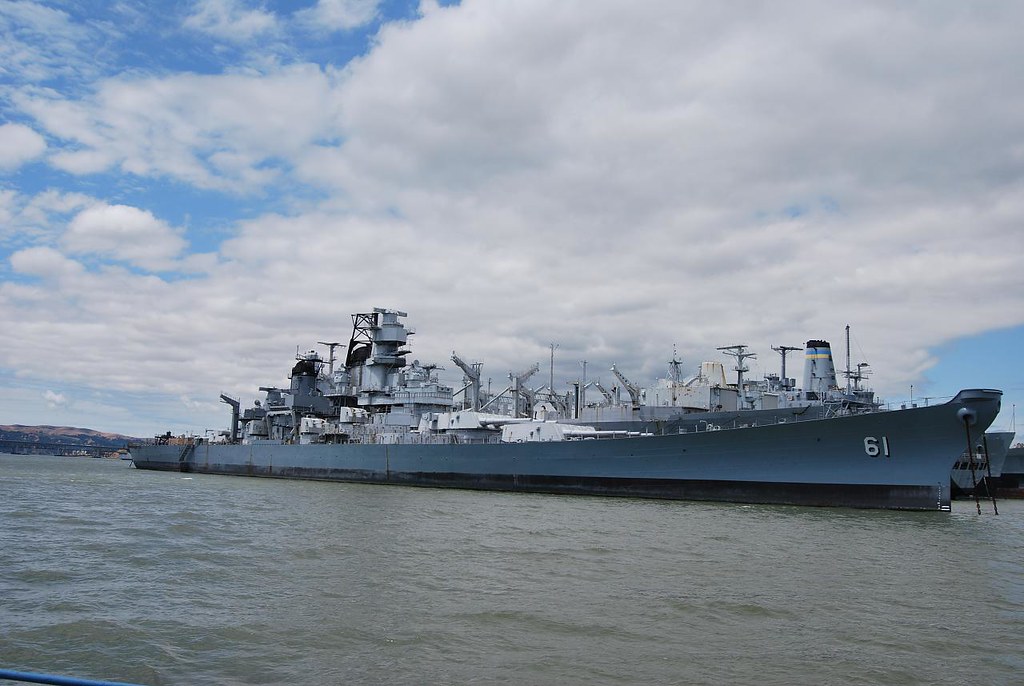
The Iowa-class battleships, a symbol of U.S. naval power since World War II, made a dramatic comeback during the 1980s. Amid escalating Cold War tensions and facing a formidable Soviet naval buildup, the United States under President Reagan sought to fortify its maritime strength. His strategic initiative to expand the Navy to a 600-ship fleet would not only involve constructing new vessels but also reactivating time-honored leviathans that had once dominated the seas—the Iowa-class battleships.
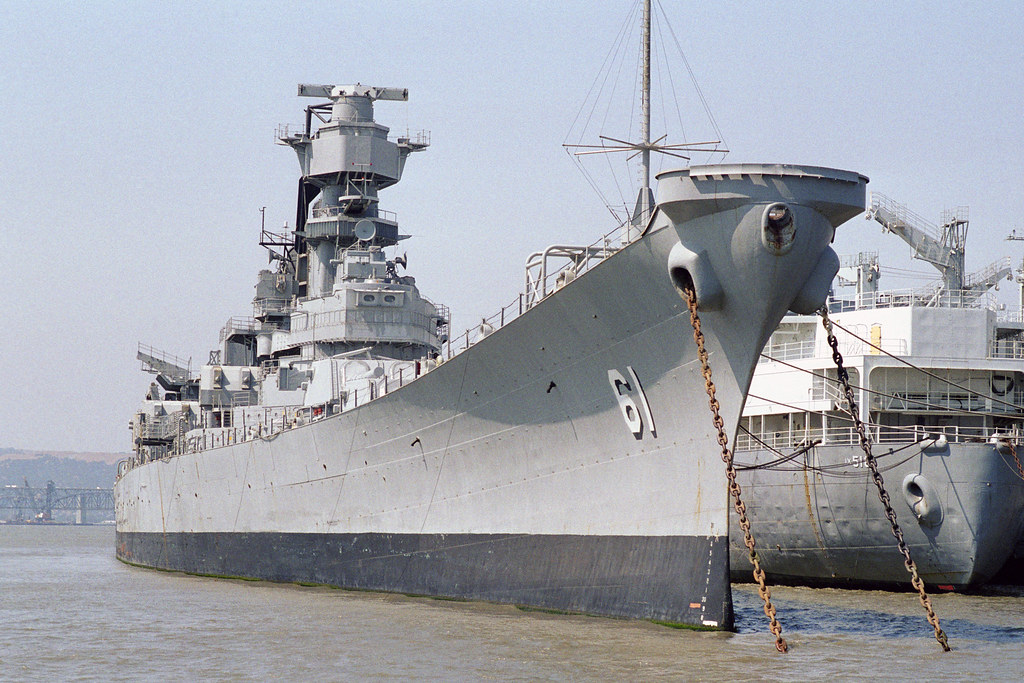
Reactivating and modernizing these four behemoths—USS Iowa, USS New Jersey, USS Missouri, and USS Wisconsin—were no small feats. Initially decommissioned after World War II and with the ascendancy of aircraft carriers, the Iowa-class represented an era when battleship supremacy was unquestioned. However, advancements in naval warfare during the intervening decades had rendered these titans vulnerable and their offensive capabilities outmoded.

To render them viable in the contemporary naval theater, extensive upgrades were imperative. They were fitted with Armored Box Launchers and Mk 141 quad launchers capable of firing Tomahawk Land Attack Missiles and RGM-84 Harpoon anti-ship missiles, respectively, extending their strike range far beyond the reach of their iconic 16-inch guns. Additionally, state-of-the-art radar and fire control systems were installed to support these new weapon systems.
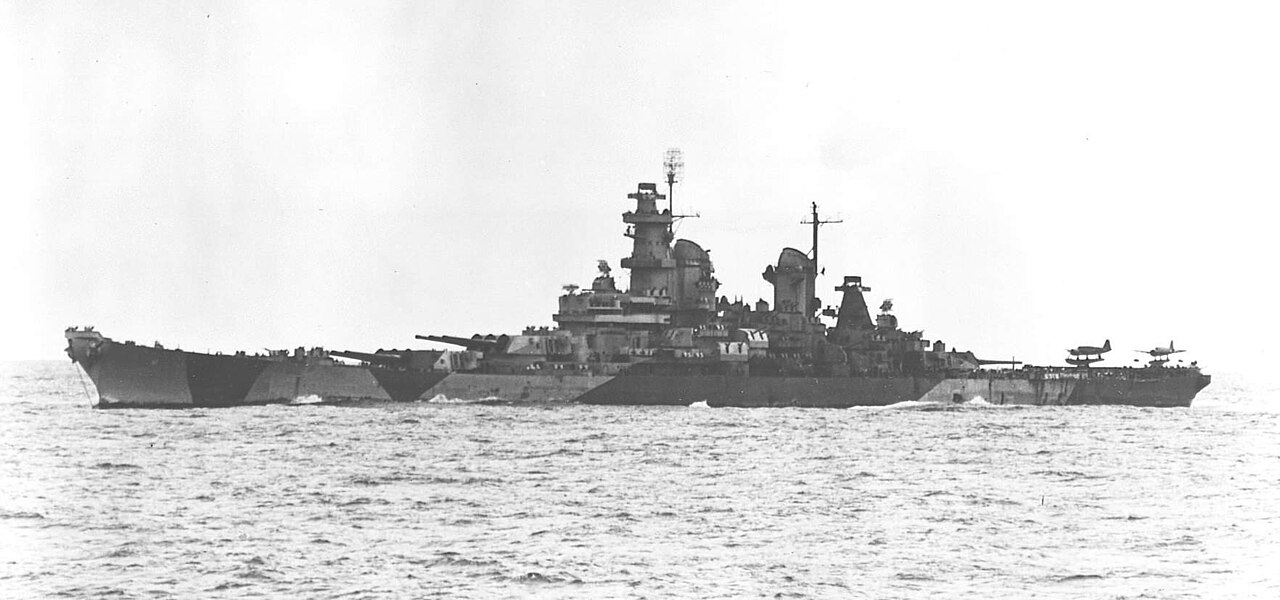
The Iowas’ defensive capabilities were also enhanced, as the obsolescent anti-aircraft turrets were supplanted by four Phalanx Close-In Weapons Systems mounts and converted turret platforms for MANPAD Stinger missiles. These modernizations aimed to shield them from contemporary aerial threats, including jet aircraft. Notably, the battleships’ air wing received a technological boost with the inclusion of RQ-2 Pioneer drones to augment weapons spotting.

Despite their technological facelift, these vessels were spared from clashing with Soviet forces at sea. However, the USS Missouri and USS Wisconsin did provide crucial naval gunfire support in Operation Desert Storm, demonstrating their enduring utility. Yet, the end of the Cold War precipitated a shift in naval strategy and advancements in technology, leading to the final decommissioning of the Iowa-class by 1992. These once-mighty warships, now museums, serve as monuments to the evolution of military power and the shifting tides of warfare.

Arguments against their continued service included the burgeoning costs of reactivation—estimated at $500 million per ship to restore them to 1980s standards—and the impracticality of modernizing them further. Moreover, the considerable crew required to operate these ships and the lack of spare parts for their aged systems presented logistical nightmares.
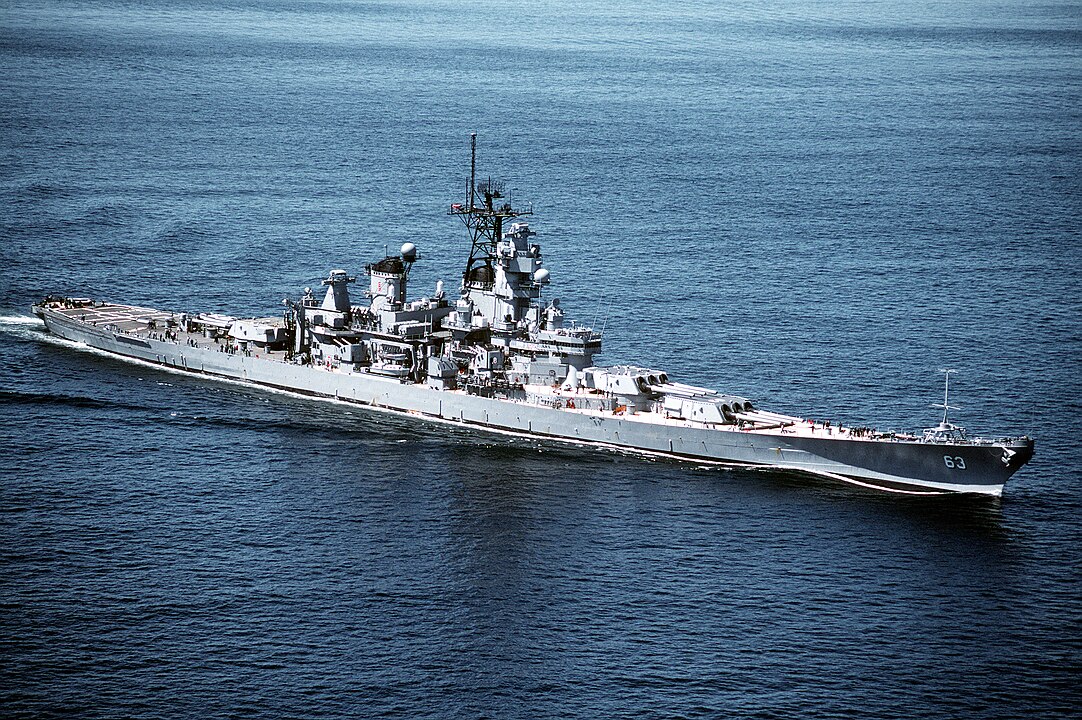
Despite the end of active service, the allure of the Iowa-class battleships persists, with lingering discussions about their potential for future technological upgrades. Yet, the tales of their proposed 1980s’ conversions—envisaged as ‘Interdiction Assault Ships’ armed with Harrier jets, tactical missile silos, and an arsenal fit for anti-Soviet operations—remain a captivating what-if in naval history.
related images you might be interested.
